Overview – Churches in the Morley Area
It is likely that Churches did exist in the area in the Anglo-Saxon age but we have no records of them.
The first known records are from the Domesday Book. From this, the researches of WYAS indicate that a chapel existed on what is now Troy Hill in Morley and, also, a church was founded at what is now Woodkirk. In the early 12th Century a sister church to that at Woodkirk was founded in East Ardsley. This was on the site where St Michael’s Church developed later.
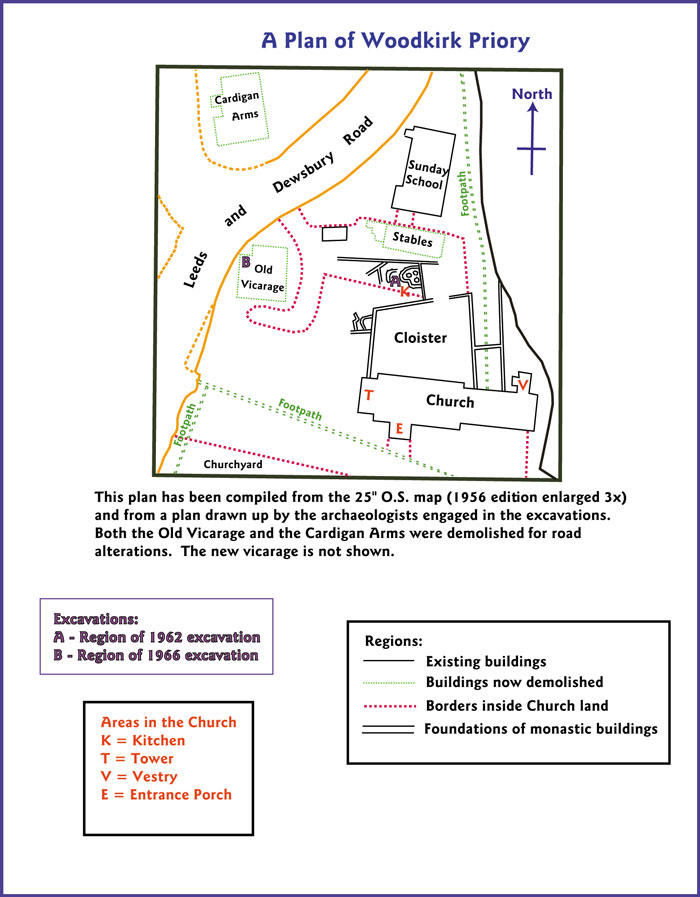
Around this time, a monastery was also founded at Woodkirk and the industrious monks developed the area around Woodkirk Beck to form a supply of drinking water and fish ponds.
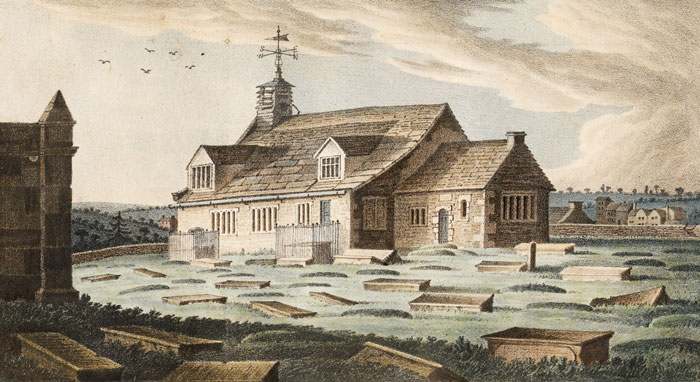
The oldest known church in Central Morley is that associated with St Mary’s Congregational Church, probably existing since the times before the Norman Conquest. What became known as the Old Chapel is thought to have been constructed between 1550 and 1650.
The religious scene in England changed when Henry VIII separated from the Church of Rome in order to divorce Katharine of Aragon. In the next 100 years, more change took place as radical ideas from such as Martin Luther spread around Europe and Rome lost its dominance.
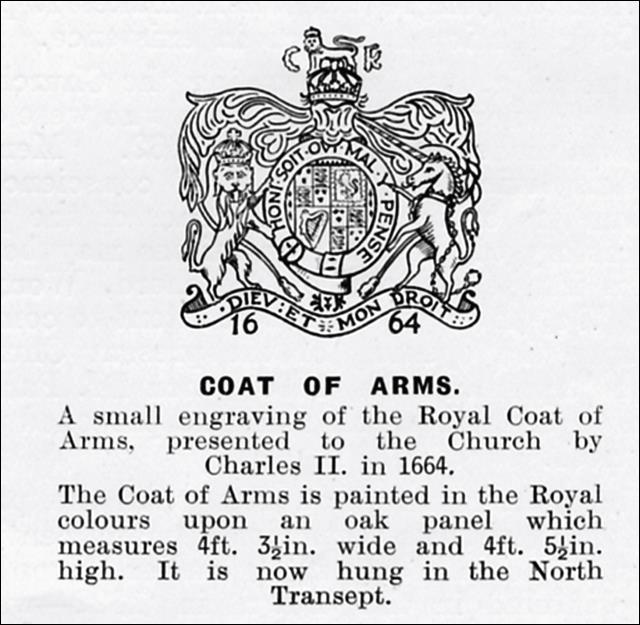
We do not know how these ideas came to Morley but the people associated with the Old Chapel adopted a form of this religion which differed from that of the Established Church of the country. They were allowed to keep practising it even after the Civil War, when Charles II gave them his official permission to do so.
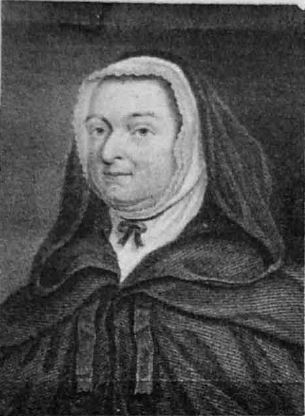
John Wesley, the Methodist preacher, visited this area in the the 1760s and later, staying with Mary Bosanquet, who had founded a home for orphans at Cross Hall. The locals impressed him and he referred to them as the Loving People. A chapel was established in 1770 which was the fore-runner of the present Central Methodist Church. John Wesley’s follower, John Nelson, also had important influence in this area at a similar time
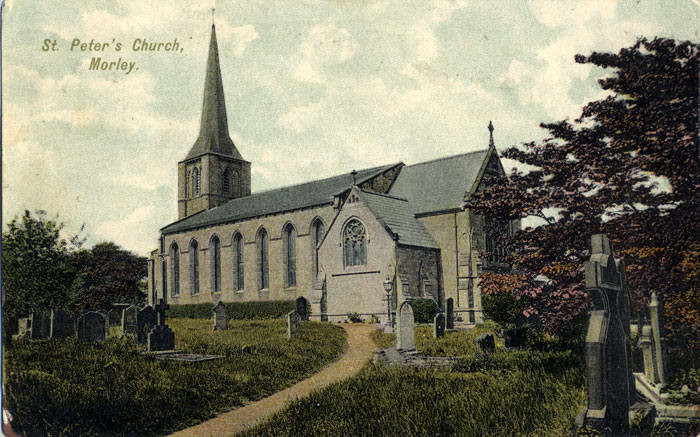
The consequence was that this kind of non-conformism was dominant in the area until the early 19th Century when the Government subsidised the building of churches which practised the Established Religion. Lord Dartmouth gave land to the town on which St Peter’s Church was built in 1830.
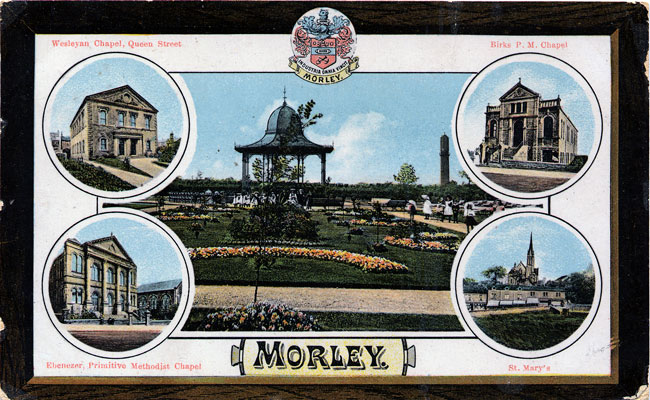
Sadly there was antagonism between both groups of churches for a while. This did relax but non-conformism dominated in Morley for much of the 19th and 20th Centuries.
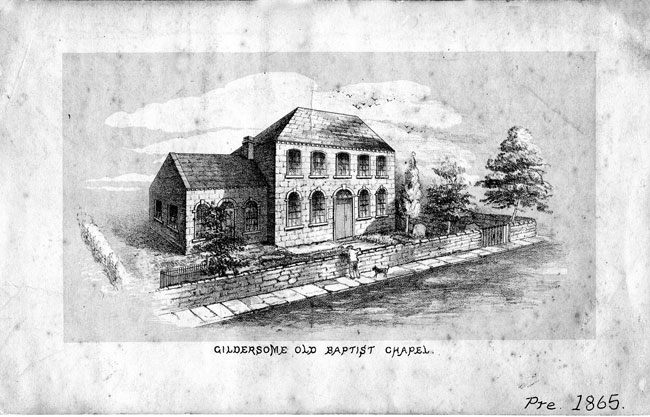
A similar pattern was observed in Churwell, Gildersome and Drighlington and it was not until the 19th and early 20th Centuries that Churches practising the Established Religion were set up here.
During this period many groups, preaching their individual interpretations of Christianity, sometimes with a world-wide following, sometimes more local, set themselves up in Central Morley and the outlying areas. Of these, some have had longer lifetimes than others as we have indicated.
Today, 13 separate religious organisations are active in the Morley and Bruntcliffe districts.

You must be logged in to post a comment.